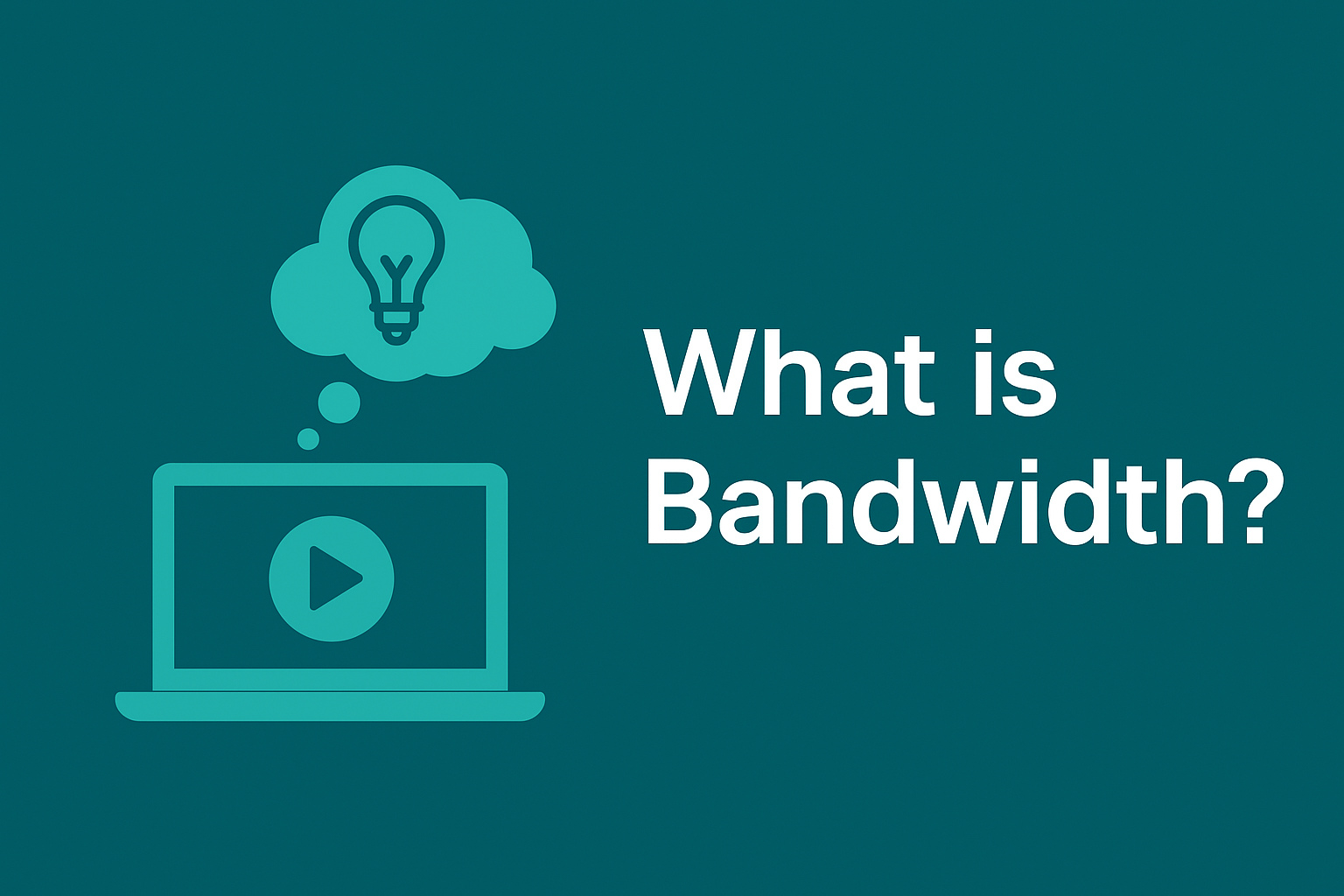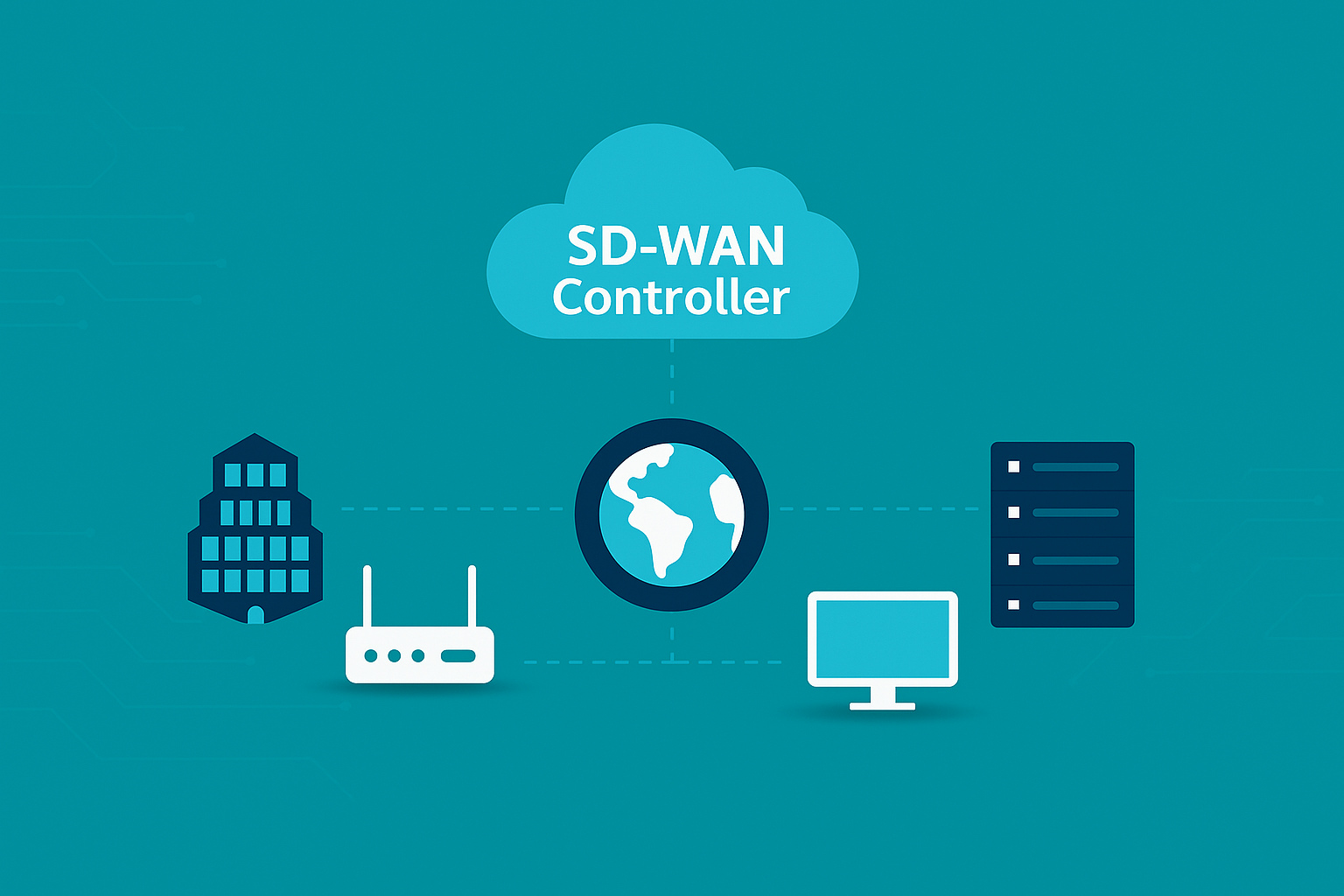The State of Cybersecurity in the Philippines
The Philippines ranks among the top 10 in terms of cyberattacks, despite being one of the fastest-growing digital economies in Southeast Asia. In fact, in 2024, 78% of organizations in the Philippines reported encountering attacks that utilize artificial intelligence, according to a YouTube video from ANC.
Cyber threats keep evolving rapidly and as a country with low cybersecurity preparedness, the Philippine enterprises and agencies are very attractive victims for cybercriminals. But should we let ourselves be vulnerable against cyberbullies? How can we prepare when we face an attack?
Understanding the current state of cybersecurity helps businesses, institutions, and individuals take the right steps to strengthen their defenses and build a safer online environment.
What Is Cybersecurity?
Cybersecurity is the practice of protecting computers, networks, servers, and data from digital attacks, theft, or damage. It involves using technologies, processes, and best practices to defend systems against threats like hacking, malware, phishing, and data breaches. In simple terms, cybersecurity keeps your personal and business information safe from cybercriminals, ensuring privacy, trust, and uninterrupted access to digital services.
Why Is Cybersecurity Important?
Cybersecurity is essential because it protects your data, finances, and digital identity from online threats. As more businesses and individuals rely on technology, the risk of hacking, fraud, and data breaches continues to grow.
Strong cybersecurity prevents unauthorized access, keeps sensitive information safe, and ensures smooth business operations. Without it, even a single attack can lead to financial loss, damaged reputation, or stolen personal information.
The Cybersecurity Landscape in the Philippines
The Philippines continues to rank among the most targeted nations for cyber incidents in Asia. In 2024, 78% of companies in the country had faced AI-related cyberattacks.
The Covid-19 pandemic truly affected many industries in the country. It has changed the work setups of businesses, increasing the use of digital technology for productivity.
But perhaps, we are not fully prepared for this sudden transition. Due to the remote work setups and outdated infrastructure, cybercriminals have exploited the limited preparation of small business enterprises when it comes to malicious cyber attacks.
Even the government faced increased intrusion attempts from both domestic and foreign actors. This includes cybercriminals, hacktivists, cyberterrorists, and other individuals or groups that cause harm to digital systems, networks, and data.
With the new policy initiatives guided by the National Cybersecurity Plan 2022, awareness about cybersecurity is improving. Still, threats will continue to evolve and multiply. And what we need is a faster pace of enhancement to preparedness to be ahead of the threat.
Differentiating Cybersecurity from Information Security
Cybersecurity and information security are often used interchangeably, but they focus on different aspects for protection.
Cybersecurity focuses on network security. It protects the underlying networking infrastructure with firewalls, VPNs and other defenses. It also secures software and web applications, defending electronic and mobile devices and online systems from cyberattacks.
On the other hand, information security (InfoSec) has a broader focus. It protects information in all its forms. These include digital, physical, and intangible formats.
Understanding these distinctions helps businesses and organizations to allocate the right resources and strategies for each layer of defense.
Different Types of Cybersecurity Threats
Cybersecurity threats come in many forms, each targeting vulnerabilities in systems, networks, or users. Here are some of the most common types:
-
Malware (Malicious Software): Software designed to harm or exploit devices—including viruses, worms, trojans, and spyware. It can steal data, damage files, or take control of your system.
-
Phishing: A social engineering attack where cybercriminals trick users into revealing sensitive information (like passwords or credit card numbers) through fake emails or websites.
-
Ransomware: A type of malware that locks or encrypts data and demands payment (a ransom) to restore access. It often targets businesses and government systems.
-
Denial-of-Service (DoS) and Distributed DoS (DDoS) Attacks: These attacks flood a website or server with excessive traffic, causing it to slow down or crash, disrupting normal operations.
-
Man-in-the-Middle (MitM) Attacks: Hackers secretly intercept and alter communication between two parties—often on public Wi-Fi networks—to steal personal or financial information.
-
Insider Threats: Security breaches caused by employees or trusted individuals who misuse access to data or systems, either intentionally or accidentally.
-
Password Attacks: Hackers use techniques like brute force or credential stuffing to guess or steal user passwords and gain unauthorized access to accounts.
-
Data Breaches: When sensitive information is accessed, leaked, or stolen from a database or network—often leading to identity theft or financial loss.
Key Pillars of Cybersecurity
1. Network Security: The Digital Perimeter
Network security serves as your first line of defense against threats. It focuses on protecting the integrity, confidentiality, and accessibility of your computer's network and data.
It combines firewalls, intrusion detection systems, and encryption to regulate traffic and block unauthorized access.
With the Omada SDN's strong network security, your data remains private and unaltered as it moves across internal and external networks. It is easier to monitor traffic in real time because of its unified management across access points, gateways, and switches.
2. Endpoint Security: Protecting Devices at the Edge
Endpoint security focuses on protecting the entry points of your network. These are devices (endpoints) connected to the network, like laptops, desktops, and other digital devices.
With robust endpoint protection and strict access control, you can prevent cybercriminals from exploiting these weak spots.
Omada solutions integrate seamlessly with endpoint controls. With this, you can restrict unauthorized devices from connecting to your business network.
3. Application Security: Safeguarding Software
Applications serve as the primary interfaces to sensitive data in the system. Securing them is important to prevent any breaches through this common attack vector.
Application security safeguards the data and codes within the application against theft and manipulation. It needs continuous security testing, patch management, and secure coding practices to close these gaps before they can be abused.
4. Data Security and Privacy
As the most valuable asset in an organization, data security takes the top priority. With the modern Data Loss Prevention (DLP) tools, you can automatically detect, classify, and protect sensitive information the moment it’s created or shared.
Businesses should categorize data based on its criticality and adjust security policies accordingly. This way, they can keep confidential information safe from internal misuse and external theft.
5. The Human Element: The Ultimate Firewall
Even the strongest system is vulnerable to human error and negligence. Without proper awareness of cybersecurity, the human factor can still affect your system's security.
You can build a strong cybersecurity culture with regular training and awareness. Simulate phishing exercises and discuss clear incident response policies. These activities will empower employees and users to act as the last line of defense against attacks.
Building a Resilient Cybersecurity Framework
The shift to remote and hybrid work environments has expanded the attack surface for many Philippine businesses.
To stay resilient, companies should adopt these strategies:
-
Implement Zero-Trust Frameworks: The zero-trust models assume that no device or user is automatically trusted. This reduces the risk of insider threats and compromised credentials.
-
Manage Vulnerabilities and Secure Cloud Configurations: Regular vulnerability scans and proper configuration of cloud services are critical. Misconfigurations are a top cause of data leaks globally.
-
Strengthen Employee Awareness and Policies: Regularly review your access controls, password rules, and security protocols. Reinforce good cybersecurity habits across all teams.
-
Support IT/OT Collaboration: As industrial networks become increasingly digitized, securing both IT and Operational Technology (OT) environments is essential. Effective cybersecurity enables safer automation and smarter manufacturing.
The Role of Omada in a Secure Digital Future
Omada’s Software Defined Networking (SDN) platform gives businesses a centralized, intelligent way to manage cybersecurity at the network level. The Omada SDN can enforce consistent security policies across devices and locations.
With network segmentation, the security is enhanced by limiting how threats are spread in the system. It is easier to manage and monitor the allocation of bandwidth and even user activities in real time. It also has a feature that automatically updates the system firmware from the cloud.
By combining advanced network visibility with user education and policy discipline, businesses can turn cybersecurity from a challenge into a competitive strength.
FAQs About Cybersecurity
1. How can I protect my business from cyberattacks?
Use strong passwords, enable two-factor authentication (2FA), keep software updated, back up data regularly, and train employees to spot scams.
2. Why do hackers target small businesses?
Small businesses often have weaker security systems, making them easier targets for data theft or ransomware attacks.
3. What should I do if I’m a victim of a cyberattack?
Disconnect affected devices, report the incident to your IT or cybersecurity team, change passwords, and contact law enforcement or your country’s cybercrime unit.
4. How often should I update my cybersecurity measures?
Regularly—at least every few months or whenever new threats or software updates become available.

_20250820063952w.jpg)
